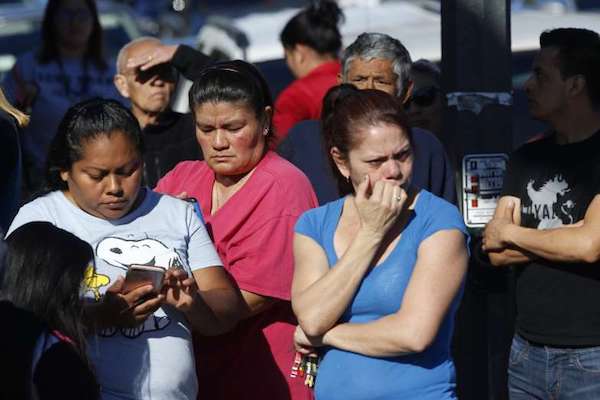

On February 1, India‘s Finance Minister Nirmala Sitharaman presented the Union Budget for the fiscal year 2024-25 in the Parliament. The budget comes at a critical juncture for the nation, grappling with the economic aftermath of the global pandemic and the imperative to foster inclusive growth. Sitharaman’s budget attempts to strike a balance between various sectors, addressing the needs of the poor, and outlining a vision for India’s future. This analysis delves into the key aspects of the budget, evaluating its strengths and weaknesses.
The budget reflects a delicate balancing act, navigating through economic challenges while aiming for inclusive growth. One notable aspect is the focus on capital expenditure, with a significant allocation to infrastructure development. This includes investments in roads, railways, and urban infrastructure, signaling the government’s commitment to boosting economic activity and creating job opportunities.
Additionally, the budget emphasizes the importance of healthcare and education. Increased allocations for the health sector indicate a recognition of the need for a robust healthcare system, especially in the wake of the pandemic. Investments in education, including the proposed National Digital Education Architecture, aim to modernize and enhance the education system, potentially narrowing the digital divide.
The budget puts a strong emphasis on empowering the poor and marginalized sections of society. The Mahatma Gandhi National Rural Employment Guarantee Act (MGNREGA) has received increased funding, providing a safety net for rural households and supporting livelihoods. Moreover, the Pradhan Mantri Awas Yojana (PMAY) continues to be a focal point, addressing the housing needs of the economically weaker sections.
The expansion of the Pradhan Mantri Garib Kalyan Yojana (PMGKY) is a notable step, encompassing welfare measures and direct benefit transfers to vulnerable populations. This includes free food grains and cooking gas for identified beneficiaries, showcasing the government’s commitment to alleviating immediate hardships faced by the poor.
The budget reflects a vision for a resilient and self-reliant India. The push for digital initiatives, including the proposed National Digital Education Architecture and the expansion of digital payments, aligns with the broader goal of harnessing technology for inclusive development. The focus on research and innovation, especially in the science and technology sector, aims to position India as a global leader in cutting-edge technologies.
The emphasis on sustainable development is evident through allocations for renewable energy projects and the proposed ‘Blue Economy’ initiative, highlighting the government’s commitment to environmental conservation and economic sustainability. Additionally, the push for a ‘circular economy’ signals a shift towards responsible and sustainable consumption patterns.
The increased focus on capital expenditure for infrastructure development can spur economic growth, create jobs, and enhance connectivity, laying the foundation for long-term prosperity.
The heightened allocations for the health and education sectors indicate a commitment to building robust systems that are crucial for human capital development, a key driver of economic growth.
The expansion of social welfare schemes like MGNREGA and PMGKY demonstrates the government’s dedication to addressing the immediate needs of the poor and vulnerable, providing a safety net during challenging times.
Critics argue that the budget’s focus on capital expenditure may exacerbate the fiscal deficit, potentially leading to a strain on government finances. Balancing the need for economic stimulus with fiscal prudence is a challenging task. The increased spending in certain sectors may fuel inflationary pressures, impacting the purchasing power of citizens, especially those in the lower-income brackets. While the budget outlines ambitious plans, the successful execution of these initiatives may face challenges, including bureaucratic hurdles, policy implementation bottlenecks, and the need for efficient monitoring mechanisms.
India’s budget for the fiscal year 2024-25 reflects a comprehensive attempt to address immediate challenges while laying the groundwork for a sustainable and inclusive future. The emphasis on infrastructure, healthcare, education, and social welfare schemes demonstrates a commitment to uplift the poor and marginalized sections of society. However, the success of these initiatives hinges on effective implementation and management of potential challenges. As India strives to navigate through economic uncertainties and build a resilient future, the budget serves as a roadmap with both promises and challenges.





Be the first to comment